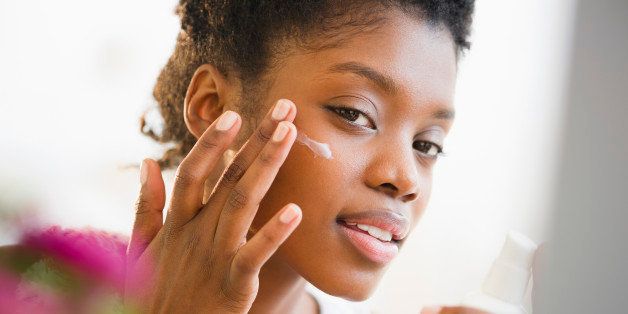
This is Part 2 of our two-part "Skin Cancer Myths, Busted" series. If you haven't already, be sure to read Part 1 here.
This summer, we want you to take charge of your skin health, beginning with busting damaging myths about skin cancer.
Myth 3: People With Dark Skin Don't Need Sun Protection
Everyone is at risk for skin cancer when they go out in the sun unprotected -- regardless of skin color. Skin cancer is a significant health concern in minority populations.
According to the Centers for Disease Control and Prevention, American Indians, Alaska Natives, and Hispanics are the groups most likely to develop skin cancer, whereas African Americans, Asians, and Pacific Islanders are about half as likely [1].
Though minority populations experience melanoma at a much lower rate than whites, the disease is more often fatal in these populations due to later detection. The overall average five-year melanoma survival rate for African Americans is only 75 percent vs. a 93 percent survival rate for Caucasians, according to the Skin Cancer Foundation [2].
Minority populations also exhibit different symptoms than white populations: Melanomas in African Americans, Asians, Filipinos, Indonesians, and native Hawaiians most often occur on non-exposed skin with less pigment, with up to 60 to 75 percent of tumors arising on the palms, soles, mucous membranes, and nail regions [2].
Myth 4: Skin Cancer Affects Everyone Equally
Although it's true that anyone with skin can get skin cancer, there is a breakdown by sex when it comes to cancer risk. Since the 1970s, skin cancer risk for women in the U.S. has more than doubled, increasing from 5.5 cases per 100,000 people in 1973 to 13.9 cases per 100,000 in 2004. Men only saw a slight increase, from 4.7 in 1973 to 7.7 in 2004, according to the Skin Cancer Foundation [3].
The reasoning behind these sex differences is women's propensity to spend time in the sun, be it by beach tanning or worse, tanning beds. Tanning beds are particularly dangerous, as the ultraviolet radiation they emit is thought to cause melanoma, but more research is needed to explore the connection further [3].
The Society for Women's Health Research recognizes that skin cancer is a disease disproportionately affecting women and minorities, and advocates for more research into how to better protect these populations from the dangers of sun exposure.
Take action now:
Regardless of your sex or skin color, there are steps you can take to keep yourself safe in this summer.
• Avoid sun exposure between 10 a.m. and 4 p.m., when the sun's rays are the strongest.
• Wear a broad-spectrum sunscreen and apply it generously, reapplying every two hours.
• Wear protective clothing, including long-sleeved shirts and pants, wide-brimmed hats, and sunglasses.
• See your health care provider annually for a skin exam.
These simple, effective precautions can protect you from developing an easily preventable disease.
References: